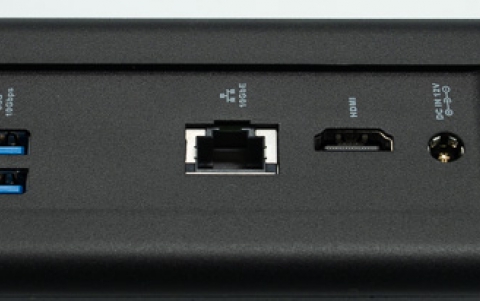
Google Espresso Extends SDN to the Public Internet
Today, Google gave a keynote presentation at the Open Networking Summit, where the company shared details about Espresso, Google's peering edge architecture-the latest offering in its Software Defined Networking (SDN) strategy.
Espresso has been in production for over two years and routes 20 percent of Google's total traffic to the internet-and growing. It's changing the way traffic is directed at the peering edge, delivering scale, flexibility and efficiency.
For example, consider real-time voice search. Answering the question "What's the latest news?" with Google Assistant requires a fast, low-latency connection from a user's device to the edge of Google's network, and from the edge of our network to one of Google's data centers. Once inside a data center, hundreds of individual servers must consult vast amounts of data to score the mapping of an audio recording to possible phrases in one of many languages and dialects. The resulting phrase is then passed to another cluster to perform a web search, consulting a real-time index of internet content. The results are then gathered, scored and returned to the edge of Google's network back to the end user.
Answering queries in real-time involves coordinating dozens of internet routers and thousands of computers across the globe, often in the space of less than a second. Further, the system must scale to a worldwide audience that generates thousands of queries every second.
Google defined and employed SDN principles to build Jupiter, a datacenter interconnect capable of supporting more than 100,000 servers and 1 Pb/s of total bandwidth to host our services. Google also constructed B4 to connect our data centers to one another with bandwidth and latency that allowed engineers to access and replicate data in real-time between individual campuses. The company then deployed Andromeda, a Network Function Virtualization stack that delivers the same capabilities available to Google-native applications all the way to containers and virtual machines running on Google Cloud Platform.
Espresso is the fourth, and in some ways the most challenging, pillar of Google's SDN strategy.
Google has one of the largest peering surfaces in the world, exchanging data with Internet Service Providers (ISPs) at 70 metros and generating more than 25 percent of all Internet traffic. However, Google says that existing Internet protocols cannot use all of the connectivity options offered by Google's ISP partners.
Espresso allows Google to dynamically choose from where to serve individual users based on measurements of how end-to-end network connections are performing in real time. Rather than pick a static point to connect users simply based on their IP address (or worse, the IP address of their DNS resolver), Google dynamically chooses the best point and rebalance its traffic based on actual performance data.
Google says Espresso allows the company to maintain performance and availability in a way that is not possible with existing router-centric Internet protocols.
Espresso also separates the logic and control of traffic management from the confines of individual router "boxes." Rather than relying on thousands of individual routers to manage and learn from packet streams, Google pushes the functionality to a distributed system that extracts the aggregate information.













